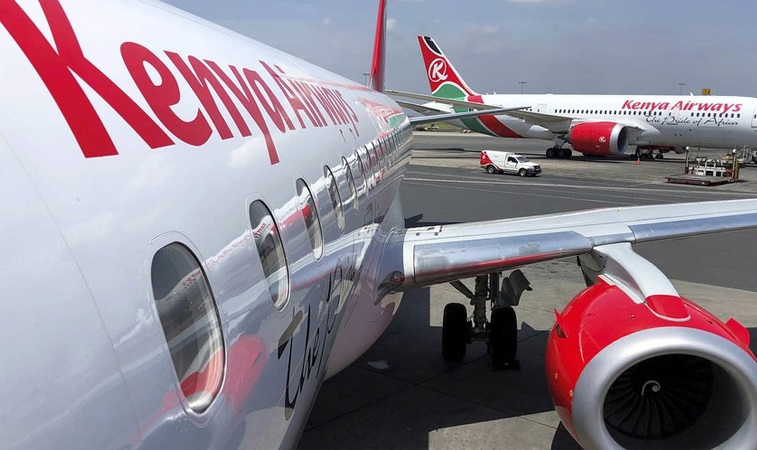The effects of climate change are becoming more noticeable in Kenya, as the country again suffers from another drought in the northern and coastal parts.
The impact of drought is a two-edged sword because as the land hardens under the sun, so its ability to absorb any subsequent rainfall lessens, and thus drought is often followed by devastating floods, damaging property, and imperiling lives.
Kenya’s arid and semi-arid lands comprise almost 80% of the country; therefore, the implementation of a solution that incorporates rainwater harvesting and stormwater capture that enable people to manage the drought seasons is critical.
Rainwater harvesting is a simple water retention technique that involves the capturing and storing of rainwater from roof and ground catchments so that when the rains do arrive, provision is in place to deal with the excess overflow coming from scorched areas.
Surface runoff can also be used for recharging groundwater, which positively affects springs and shallow wells. When surface run-off is collected in reservoirs, it can be used for the management of floods and droughts. For example, using large-diameter pipes, in sizes up to 3000 mm makes it possible to carry large volumes of water away from affected areas without adversely affecting local communities and businesses, thus providing much-needed relief.
Rainwater harvesting systems are cost-effective, decentralized, and participatory and benefit communities in rural and urban areas. The technology is an established practice in Kenya, but the knowledge has not been applied to its full potential, in both rural and urban contexts. Rainwater harvesting yields numerous social and economic benefits and contributes to poverty alleviation and sustainable development.
The ongoing crisis, which has been declared a national disaster by President Uhuru Kenyatta, should therefore catalyze national and county governments to begin investing in critical infrastructure that will mitigate the adverse effects of drought and extreme rainfall and prevent flooding.
Systemic management of rainwater and stormwater requires substantial investment in piping to and from rainwater tanks and stormwater piping. It is noted that our policymakers are appreciating the importance of investing in such critical infrastructure. For instance, the National Treasury allocated Ksh2.55 billion for water storage and flood control in this fiscal year. Furthermore, the Ministry of Water Sanitation and Irrigation is planning to invest Ksh5 billion through the World Bank to assist Water Utilities to meet their operational and minor capital expenditure to enable them to recover from the impact of the Covid-19 pandemic.
It was additionally reassuring that it is now recognized in Kenya that in this era of climate change where rainfall is scarce and unpredictable, rainwater harvesting offers an excellent strategy for food security. The United Nations has cited rainwater harvesting, as a simple, time-proven method of climate change adaptation.
While such efforts should be appreciated there is still much more that can be done to ensure that we finally end the cycle of droughts and floods that continuously affect millions. The time to act is now. We must invest in this critical infrastructure today.
Simon Thomas (The Author) is an international consultant and board member of Megapipes Solutions Limited.











